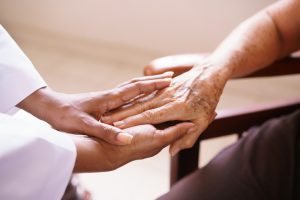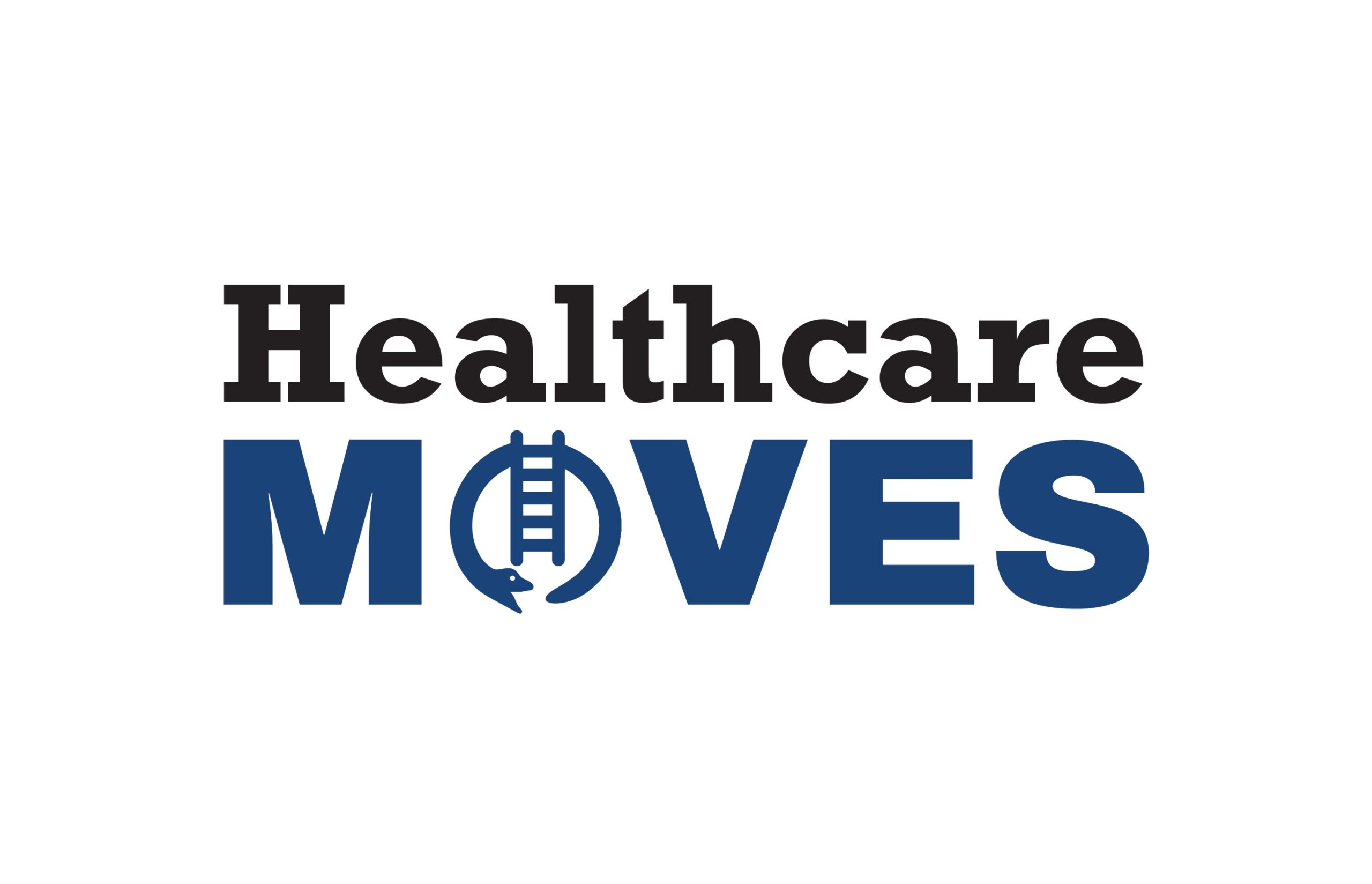
The U.S. population is getting older, with the number of Americans aged 65 and older expected to reach 80 million by 2040, more than doubling since 2000. But is this “age wave” a challenge or an opportunity for the healthcare industry? The question was posed during a panel discussion on Tuesday at the Oliver Wyman Health Innovation Summit 2023 in Chicago.
Dr. Ali Khan, chief medical officer of value-based care strategy at Oak Street Health, believes it’s a challenge. Chicago-based Oak Street Health, which was recently acquired by CVS Health, is a network of primary care centers for adults on Medicare. One reason he thinks it’s a challenge is because the healthcare industry assumes that “people are able to navigate the system themselves.”

With the Rise of AI, What IP Disputes in Healthcare Are Likely to Emerge?
Munck Wilson Mandala Partner Greg Howison shared his perspective on some of the legal ramifications around AI, IP, connected devices and the data they generate, in response to emailed questions.
Khan added that the industry isn’t designed for all seniors irrespective of their economic status. He noted that there is a 16-year difference in life expectancy between the Streeterville neighborhood of Chicago — where the conference took place — and where he practices in the East Garfield Park neighborhood of Chicago.
“My patients are thinking about how they will provide childcare for their grandchildren and great grandchildren so that their daughter can go to work,” Khan said. “Or they are thinking about how to make the decision between paying the $35 for insulin that they are now tasked with paying versus paying the electric bill to store that insulin. We are not designing for those seniors.”
By contrast, Camille Harrison, executive vice president of Medicare and chief innovation and experience officer of GuideWell, framed the age wave as an opportunity. GuideWell, based in Jacksonville, Florida, is a mutual insurance holding company.
“I think if we start to think about people as people and not aging and turning 65 and falling off a cliff, we have the opportunity to really influence how they view healthcare, how they engage in healthcare, how they access healthcare earlier,” Harrison said.
To do so, the industry must understand their needs and expectations. This calls for payers and others to “partner” with people that are under 65 and covered by commercial insurance.
That way, “as they gracefully age into being 65 and older, they’re already prepared to navigate that,” Harrison said. “I think about our population that is over 65, 50% of them have two or more chronic conditions, and 38% of them have five or more chronic conditions. That’s an unmet need all along, not because they turned 65. So if we engage them much sooner, we have a bigger opportunity to really change the way we think about the aging phenomenon.”
Another co-panelist — Scott Frisch, executive vice president and COO of AARP — said that the age wave is a chance to improve the healthcare industry. Washington, D.C.-based AARP is a nonprofit organization that advocates for those aged 50 and older.
“We have plenty of opportunities to improve things, whether it’s from delivery of care, whether it’s access, equitable care, serving all markets across the entire age segment,” Frisch said. “I know this is about 65-plus, but there’s more towards reaching up to 65. I think between public and private partnerships, we all have the opportunity to seize upon these challenges and find solutions that work for everybody.”
While he’s an optimist about the age wave, he said that the consumer needs to be in the “middle of the entire equation,” which is often not the case in healthcare.
“If you get into a car accident and you need to do a car repair, you call your insurance company,” he said. “They’ll tell you which auto body shop to go to. They’ll tow your car … It’s essentially one call. Now, think about if you need a knee replacement, or you need spinal injections or you need an MRI. Think about all the steps the consumer in the middle has to navigate. I would encourage everybody as they think about these great opportunities to put the consumer at the center.”
Photo: diego_cervo, Getty Images















